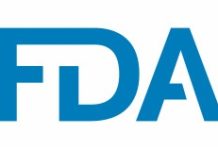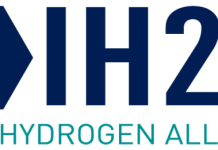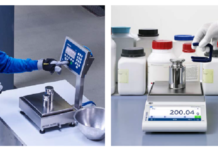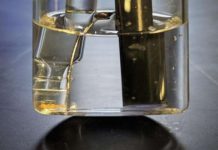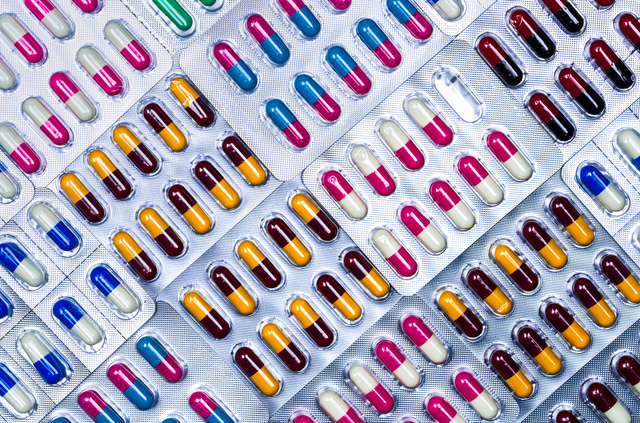Indian pharmaceutical companies may soon face significant challenges in the US market following former President Donald Trump’s executive orders to boost domestic drug manufacturing. The move is being seen as a potential game-changer for the global pharmaceutical supply chain, particularly in the generics segment, where Indian firms hold a dominant position.
A Threat to India’s Cost Advantage in Generics
India, long known as the “pharmacy of the world,” has leveraged its low-cost manufacturing base to become a major exporter of affordable generic drugs to the United States. However, Trump’s directive calls for reshoring production of prescription drugs, including:
*Active Pharmaceutical Ingredients (APIs)
*Key Starting Materials (KSMs)
*Other raw materials
According to a Nuvama Research report, this could erode the cost advantage Indian drugmakers have traditionally enjoyed. “If fully implemented, the new order could disrupt and reshape the global pharma supply chain,” the report noted.
$15 Billion Capex Wave in U.S. Pharma
Over the past few months, U.S.-based innovative pharmaceutical companies have collectively announced capital expenditure plans worth $15 billion, aiming to ramp up local production. This trend could further marginalize foreign manufacturers, particularly in countries like India that rely heavily on export-led models.
Regulatory Tightening Adds to the Pressure
Trump’s orders also propose a series of regulatory and policy shifts that could increase operational burdens for international drug suppliers. These include:
- Accelerated approvals for U.S.-based manufacturing plants
- Stricter compliance checks on foreign facilities
Higher fees for overseas manufacturers
Additionally, drugmakers may soon be required to disclose the origin of their APIs, which could be a setback for Indian firms that depend on Chinese suppliers for key ingredients. This new requirement could subject Indian exports to greater scrutiny and compliance challenges in the U.S. market.
Indian Drugmakers Silent, But Stakes Are High
So far, Indian pharmaceutical companies have largely remained silent, hoping that cost arbitrage will help them retain their edge. However, Nuvama Research cautions that the directive signals a strategic realignment:
“The new order may have the potential to restructure the U.S. generic supply chain as it directs high-level efforts to re-shore manufacturing back to the U.S.”
Biosecurity Agenda Underpins the Policy Shift
These measures are part of the Trump administration’s broader biosecurity strategy. One of the executive orders even limits federal funding for research that could enhance virus pathogenicity, citing national security risks.
A Global Shake-Up in the Making
While the full financial and operational impact of these policy changes remains to be seen, the direction is clear: a shift toward pharmaceutical self-reliance in the U.S. As reported by timesofindia.indiatimes.com, for Indian pharma companies, this could mean navigating a more protectionist and regulated export environment, potentially forcing them to rethink supply chains and diversify markets.



